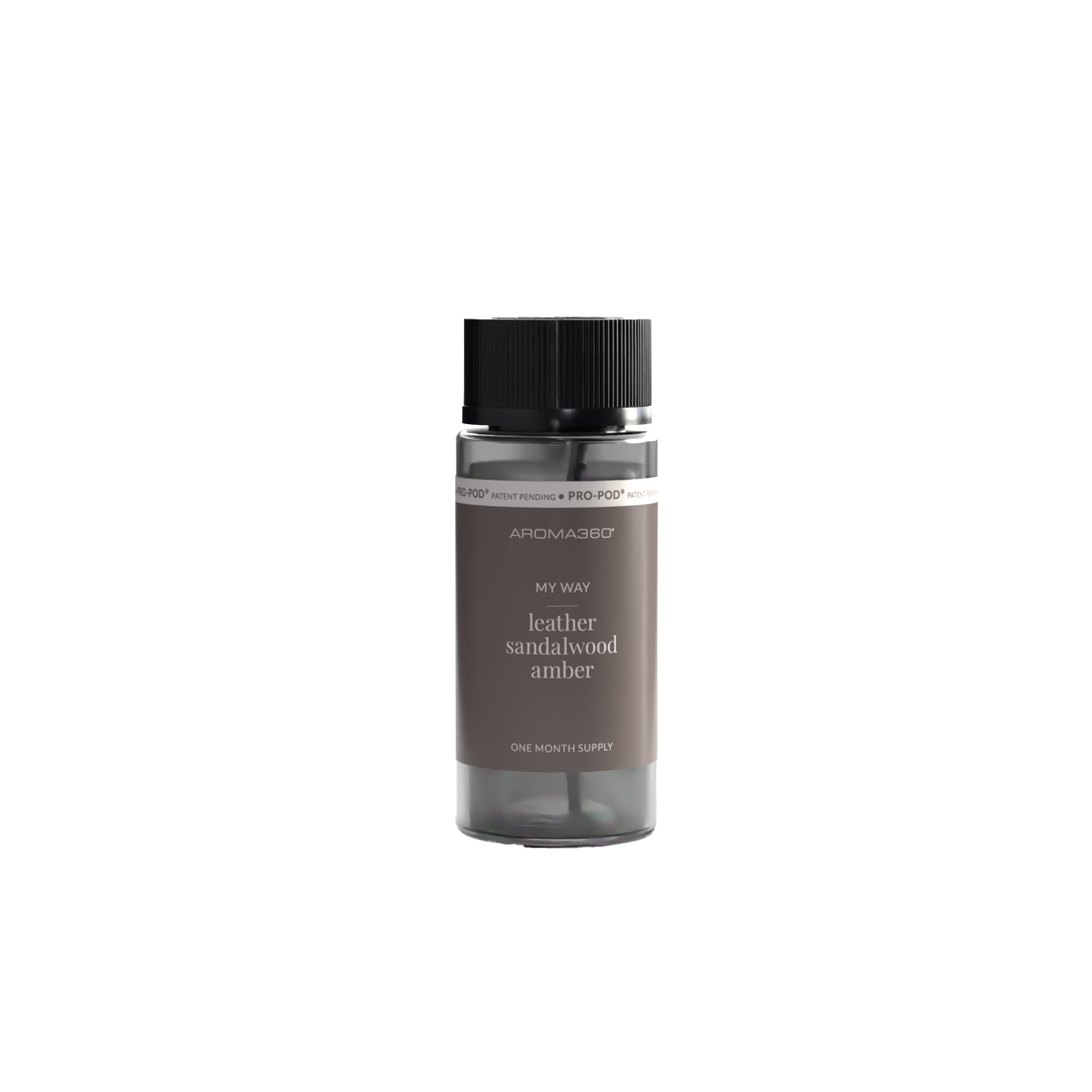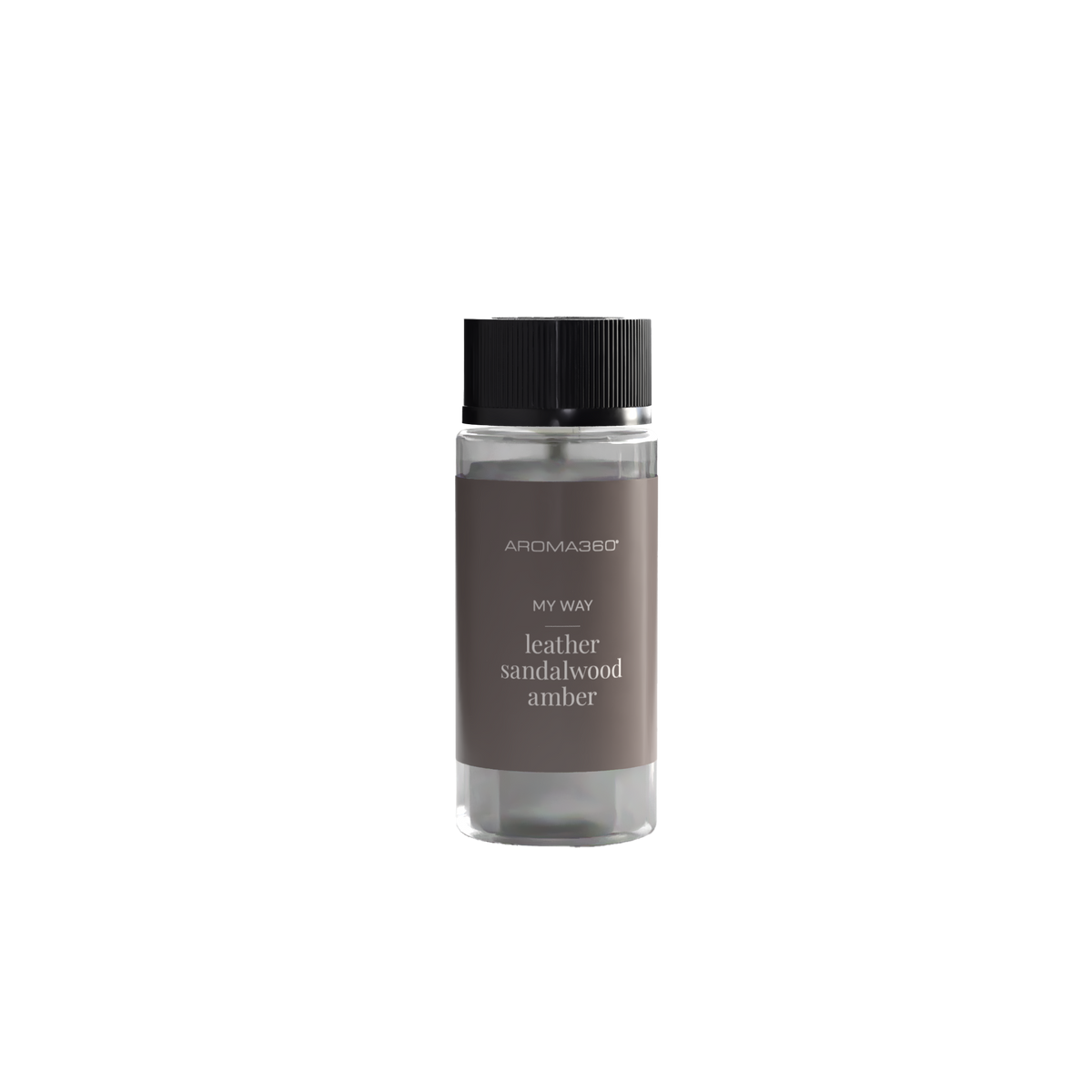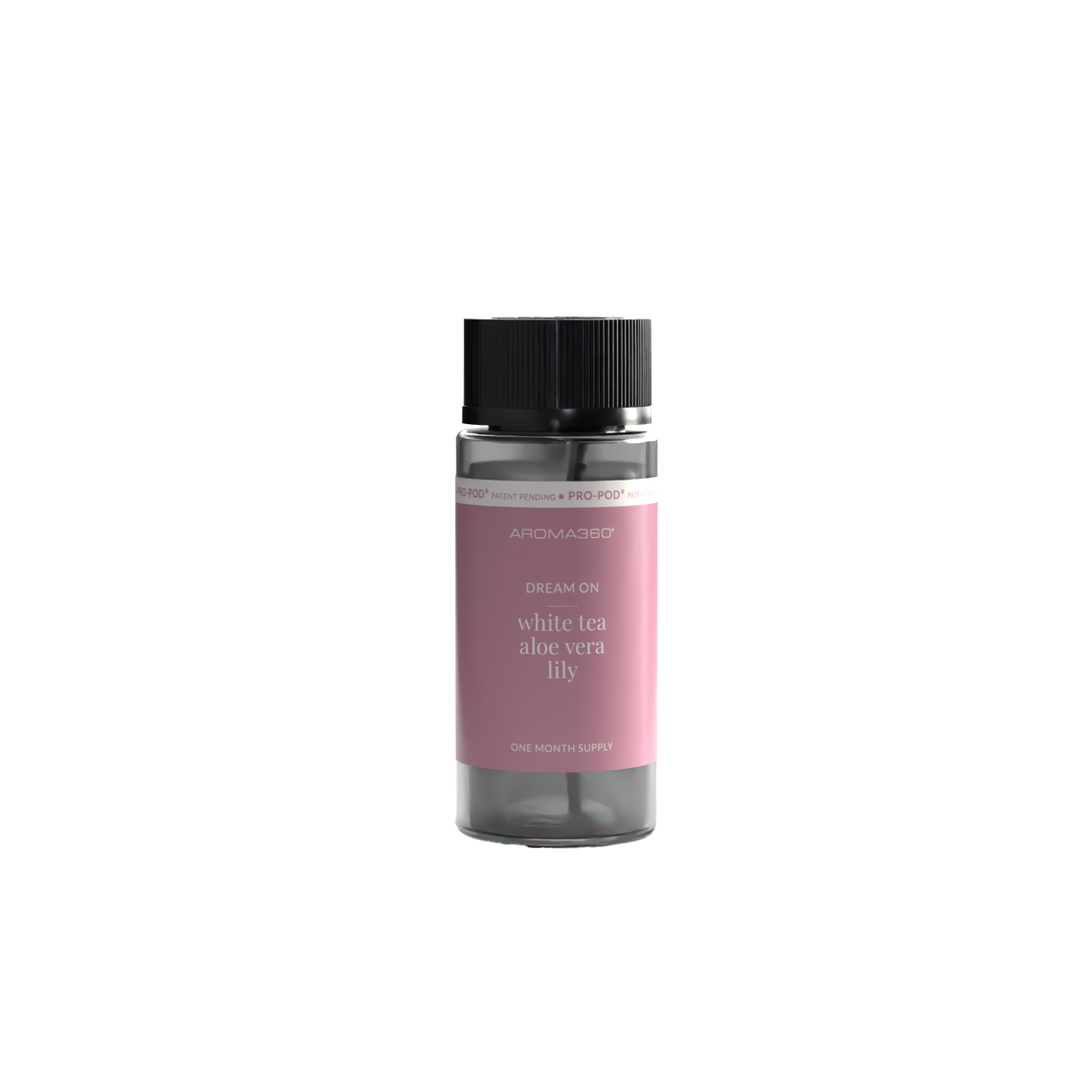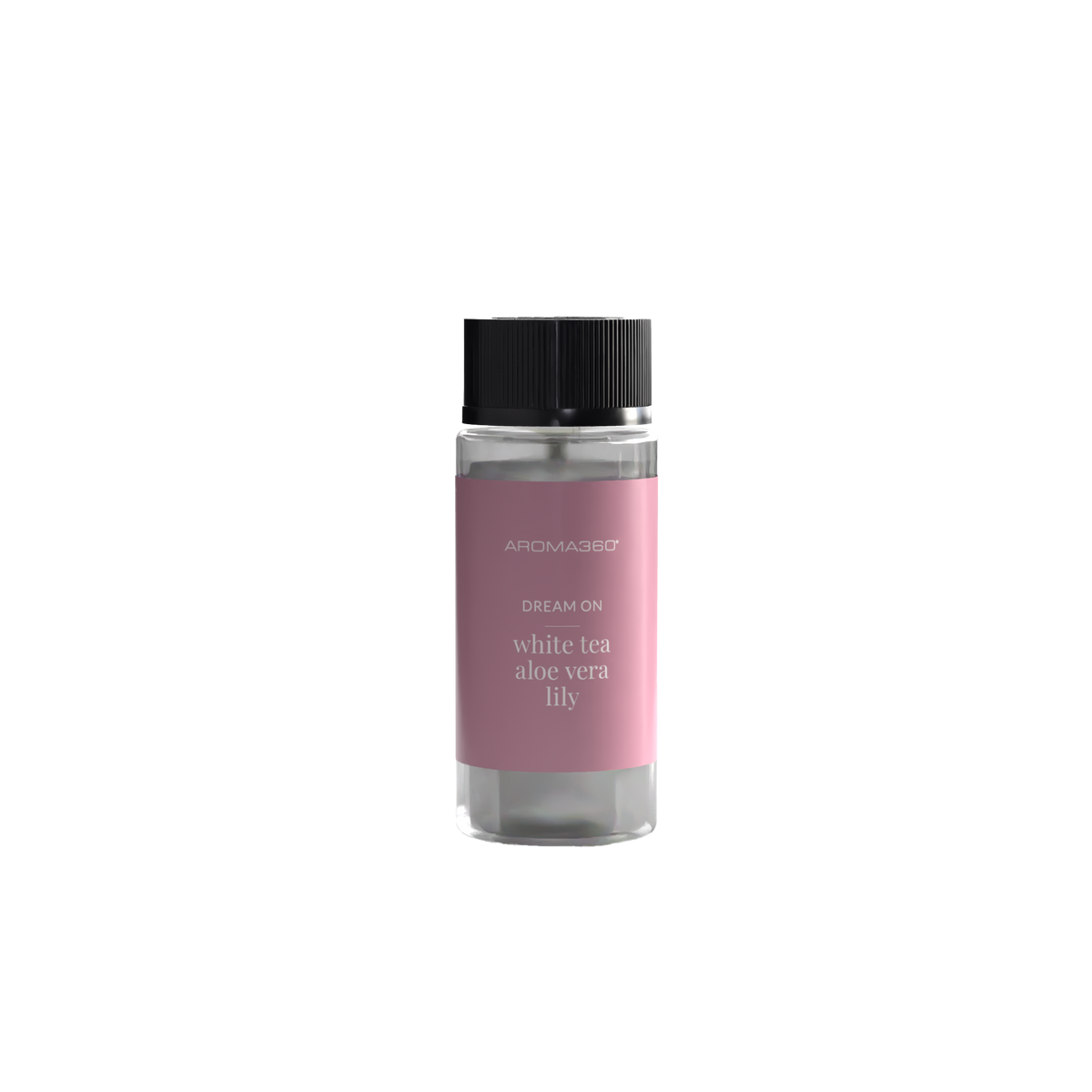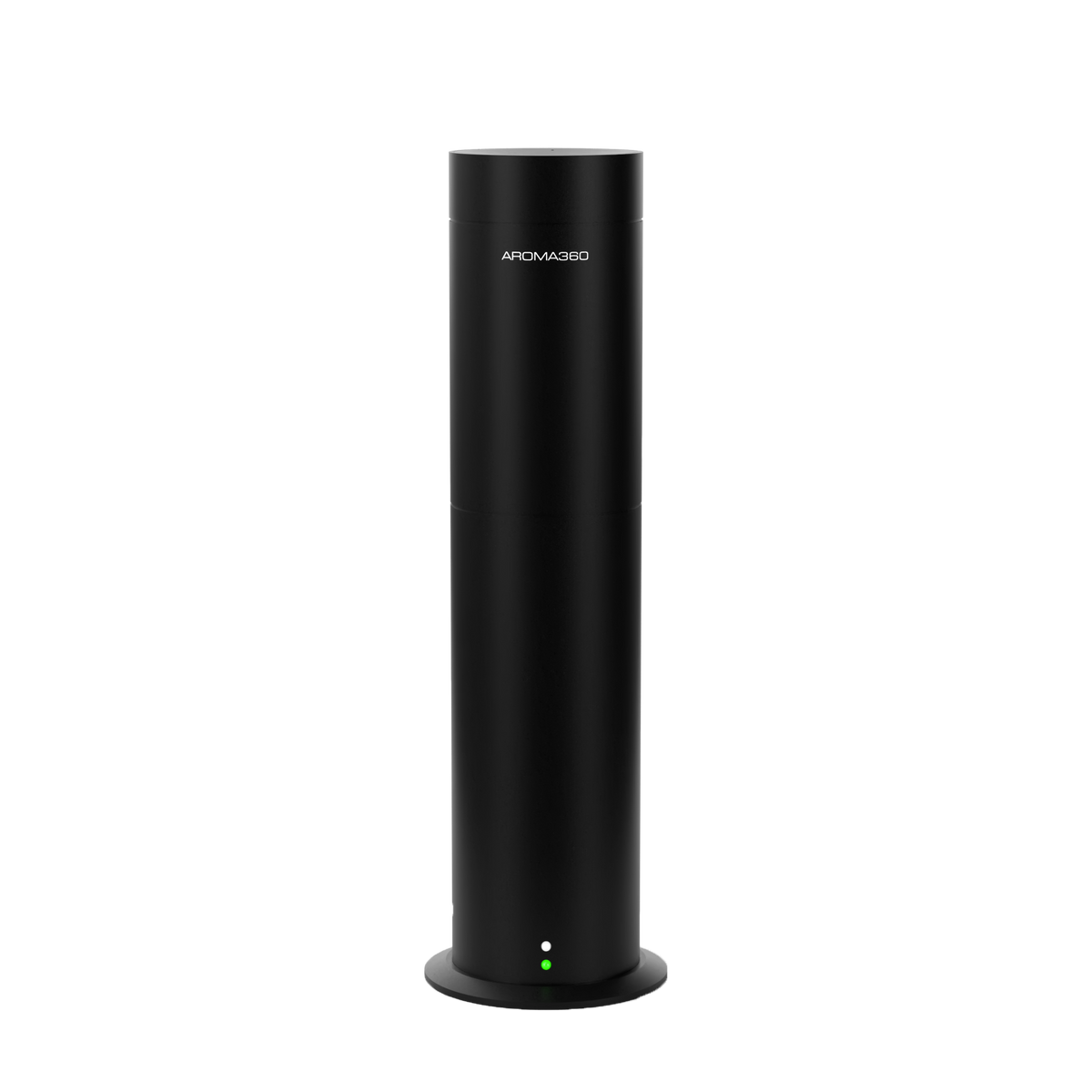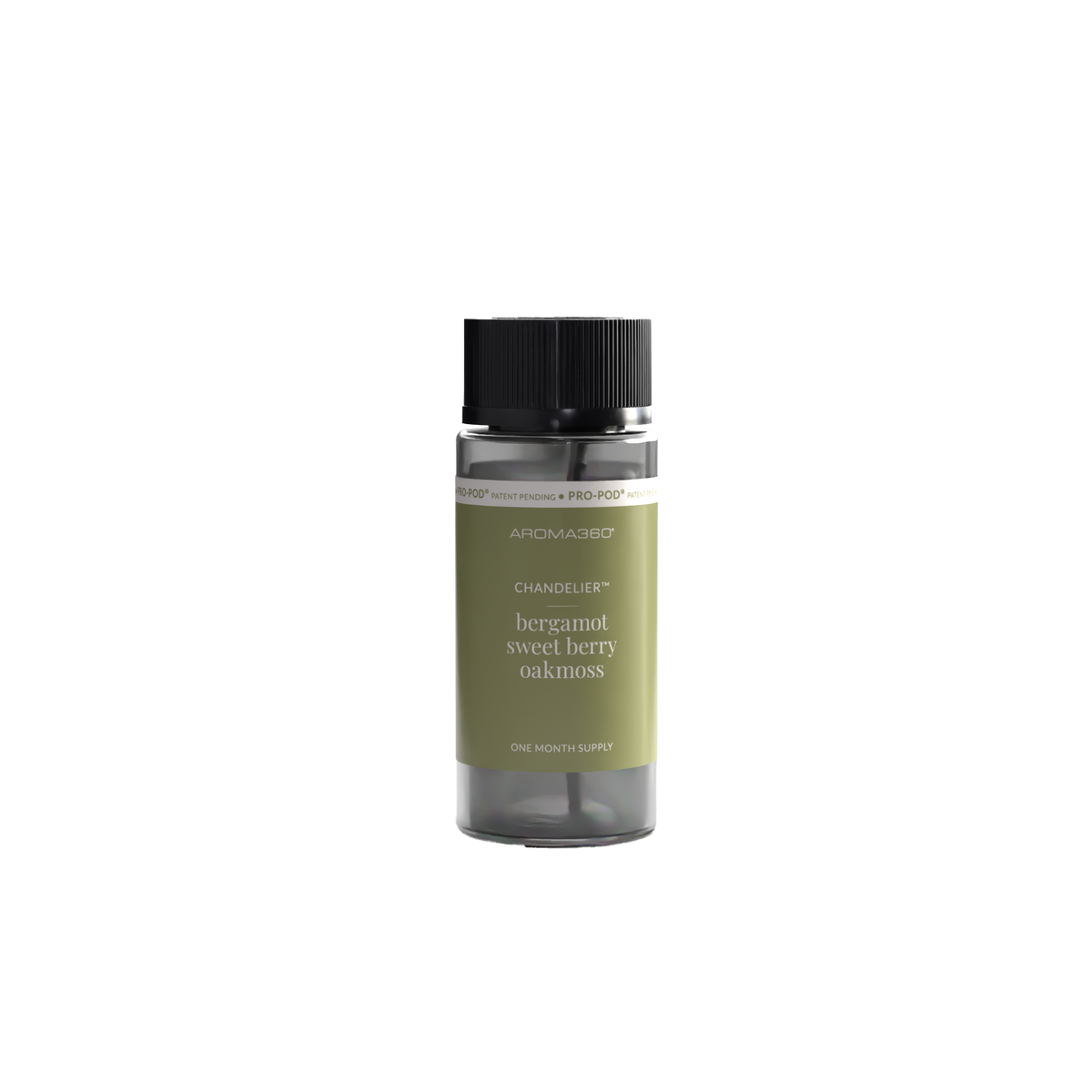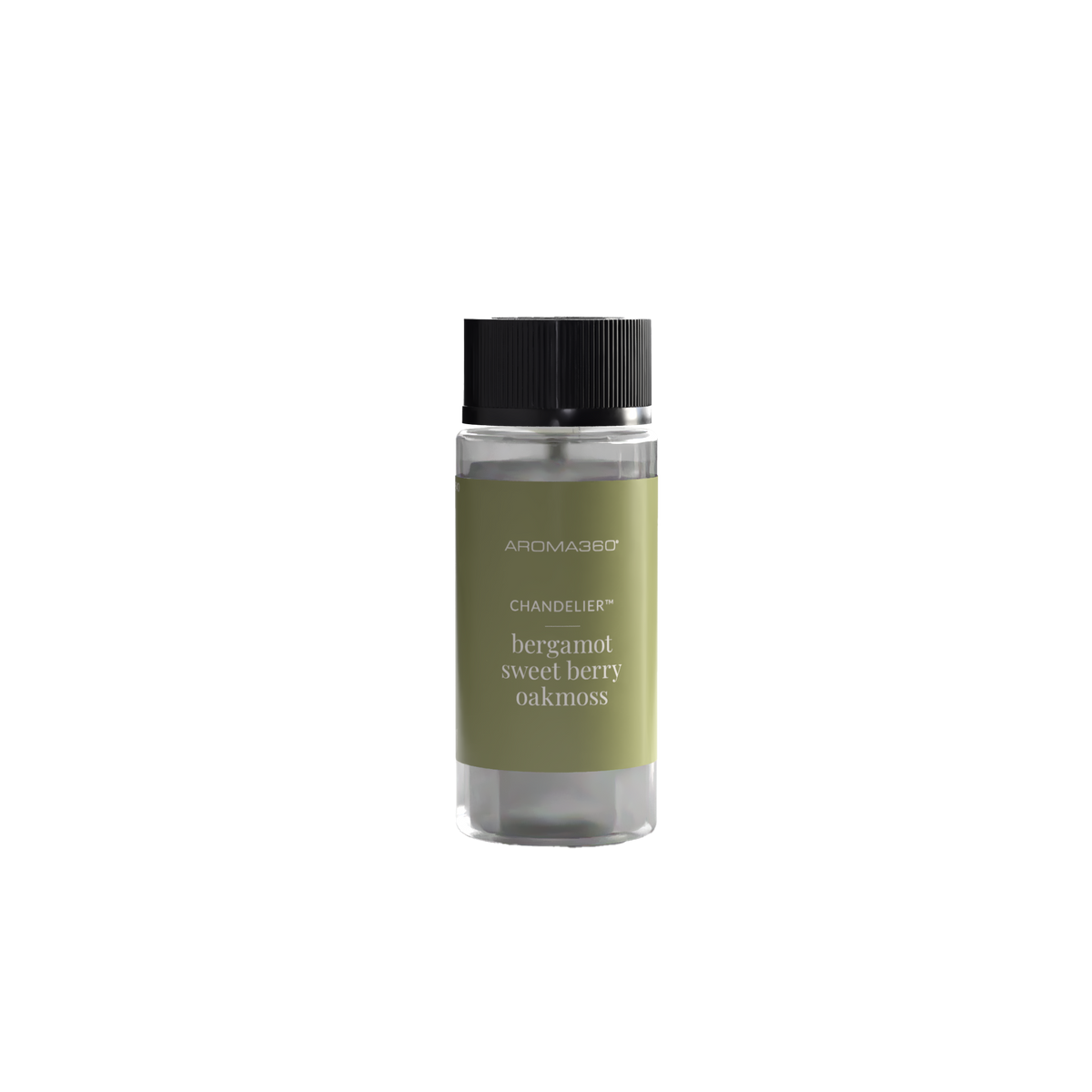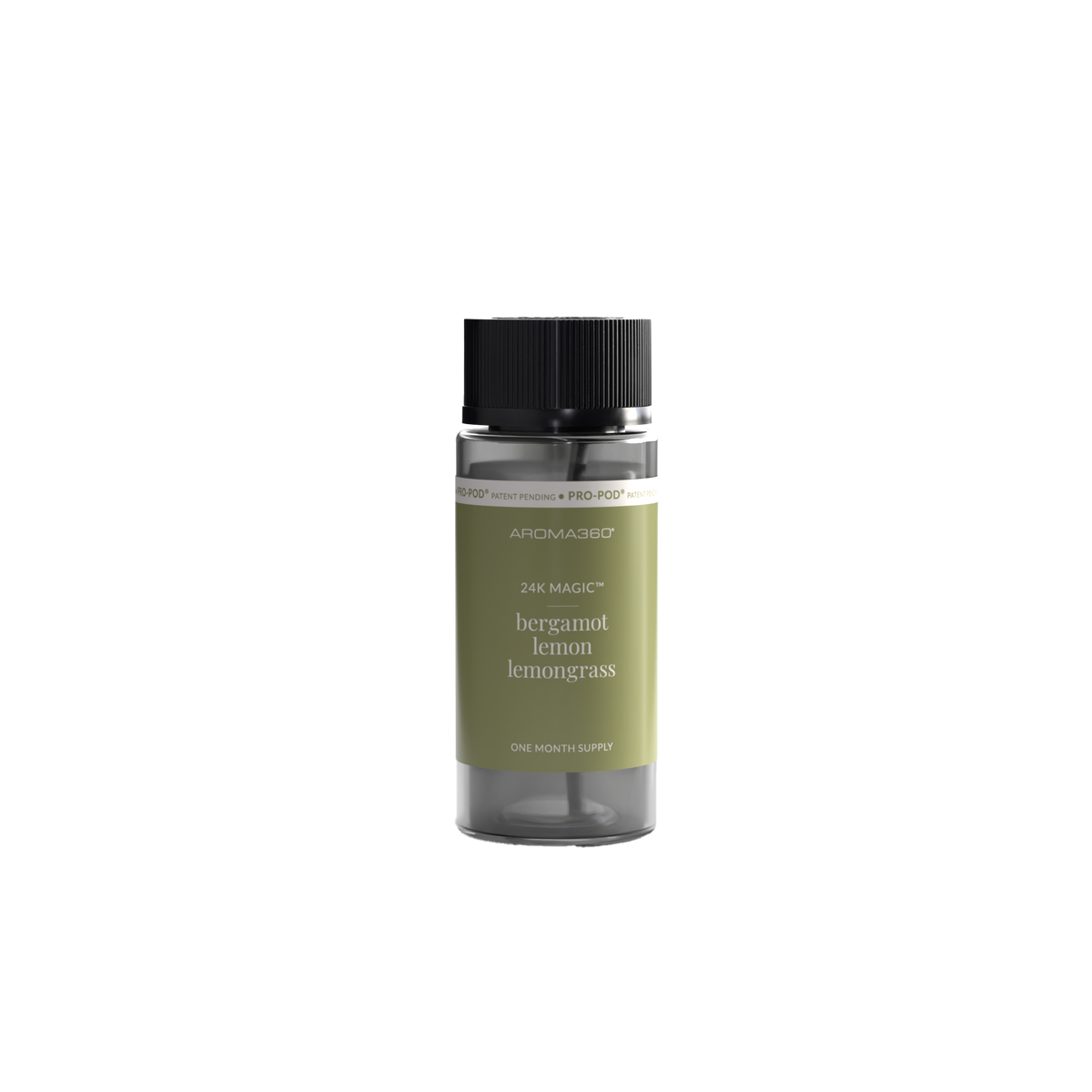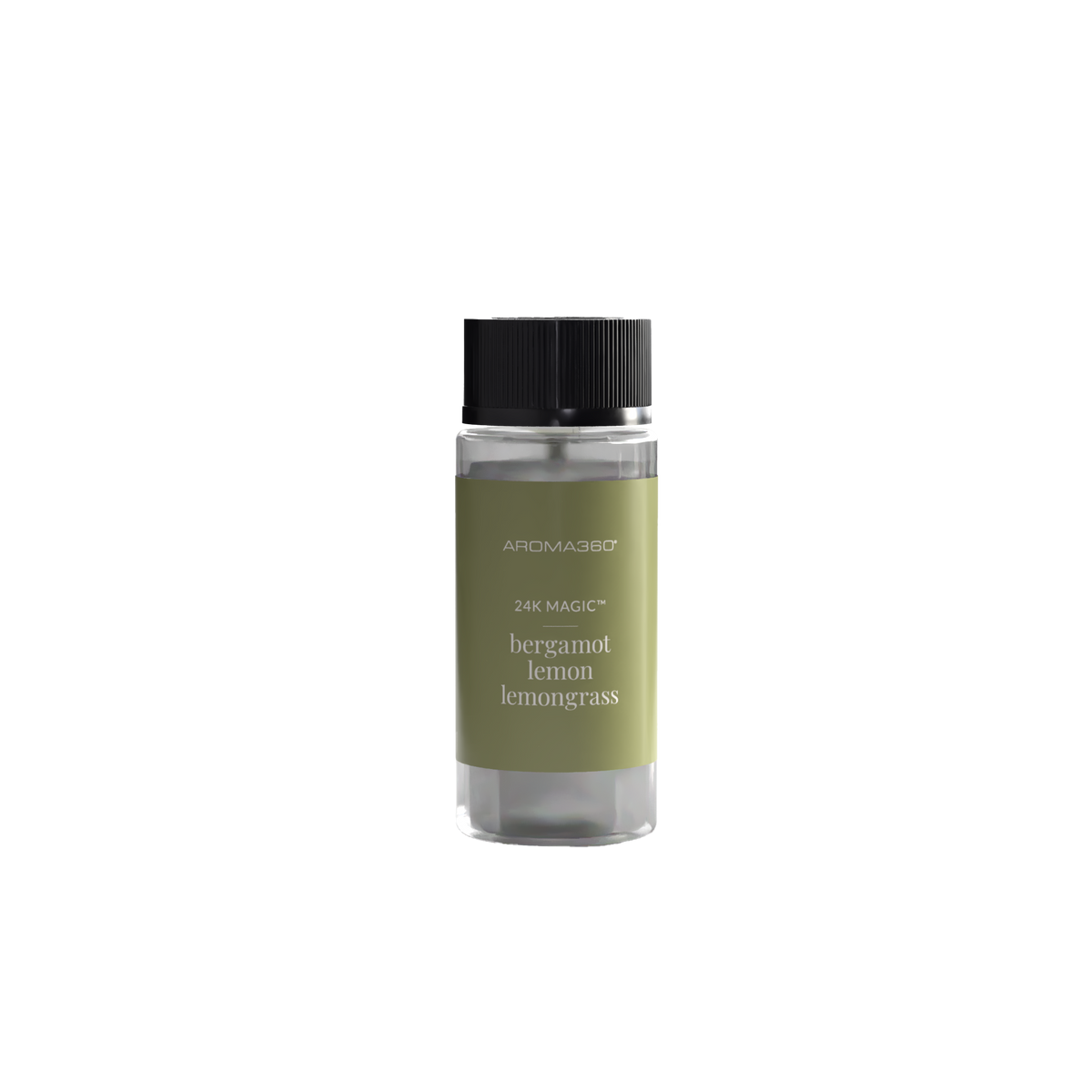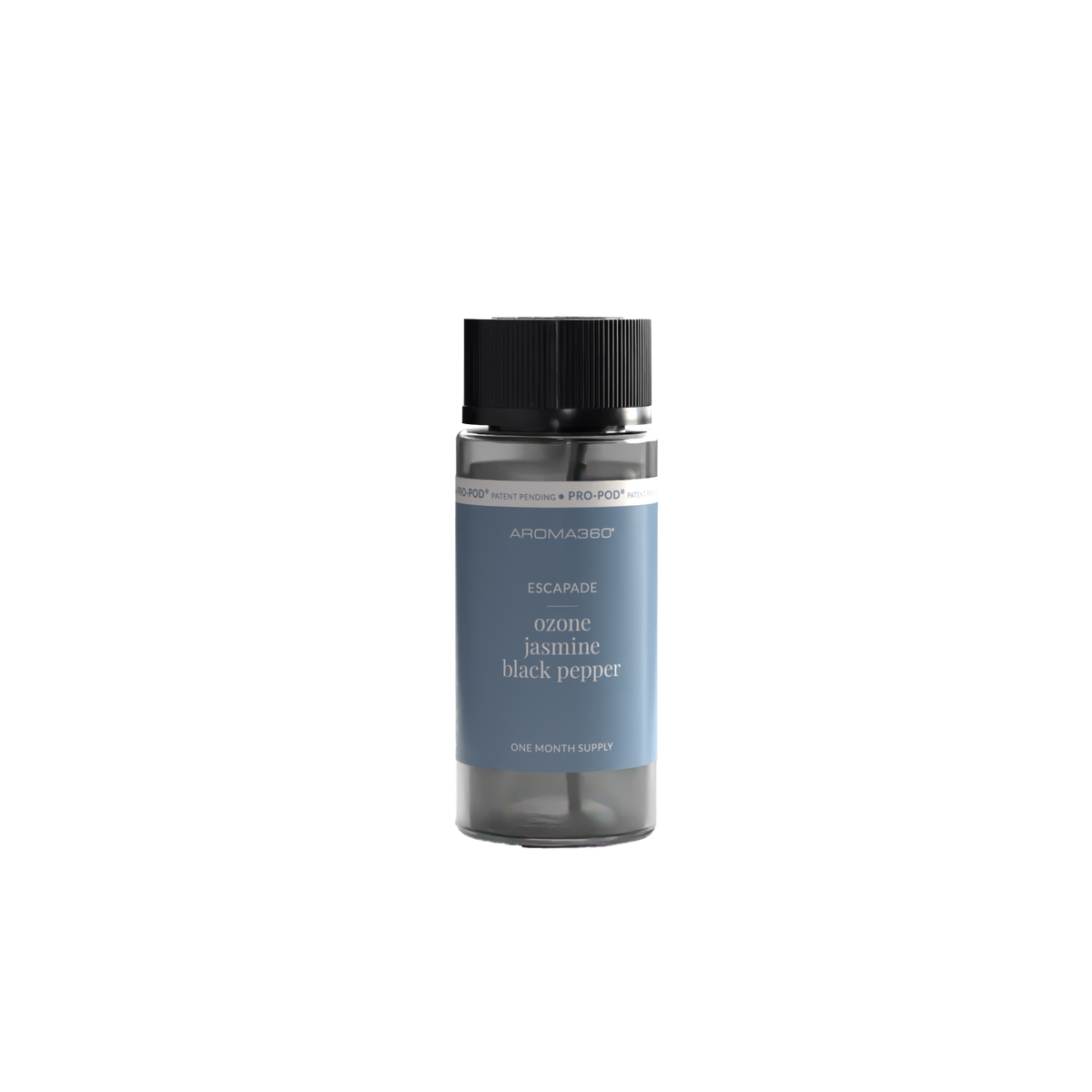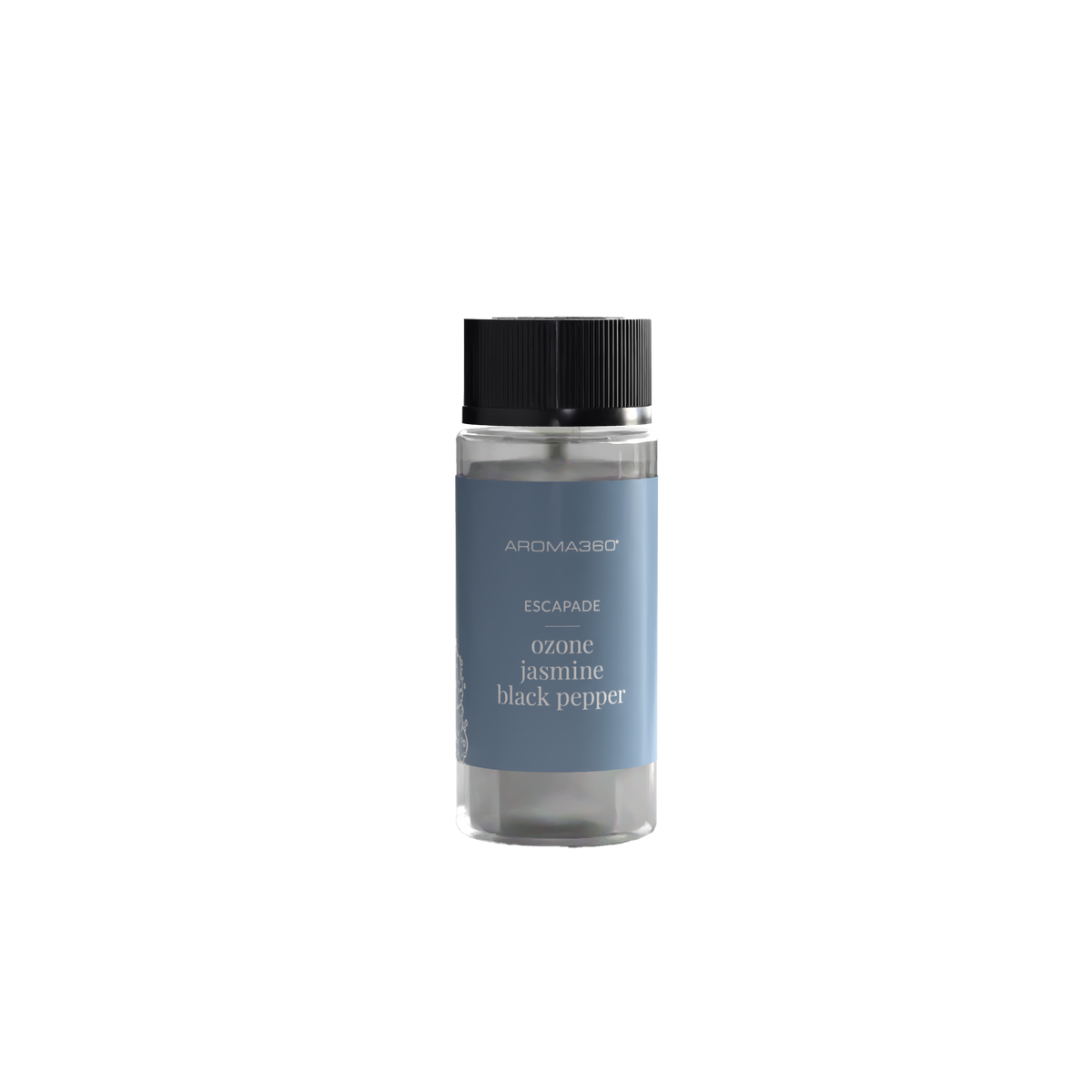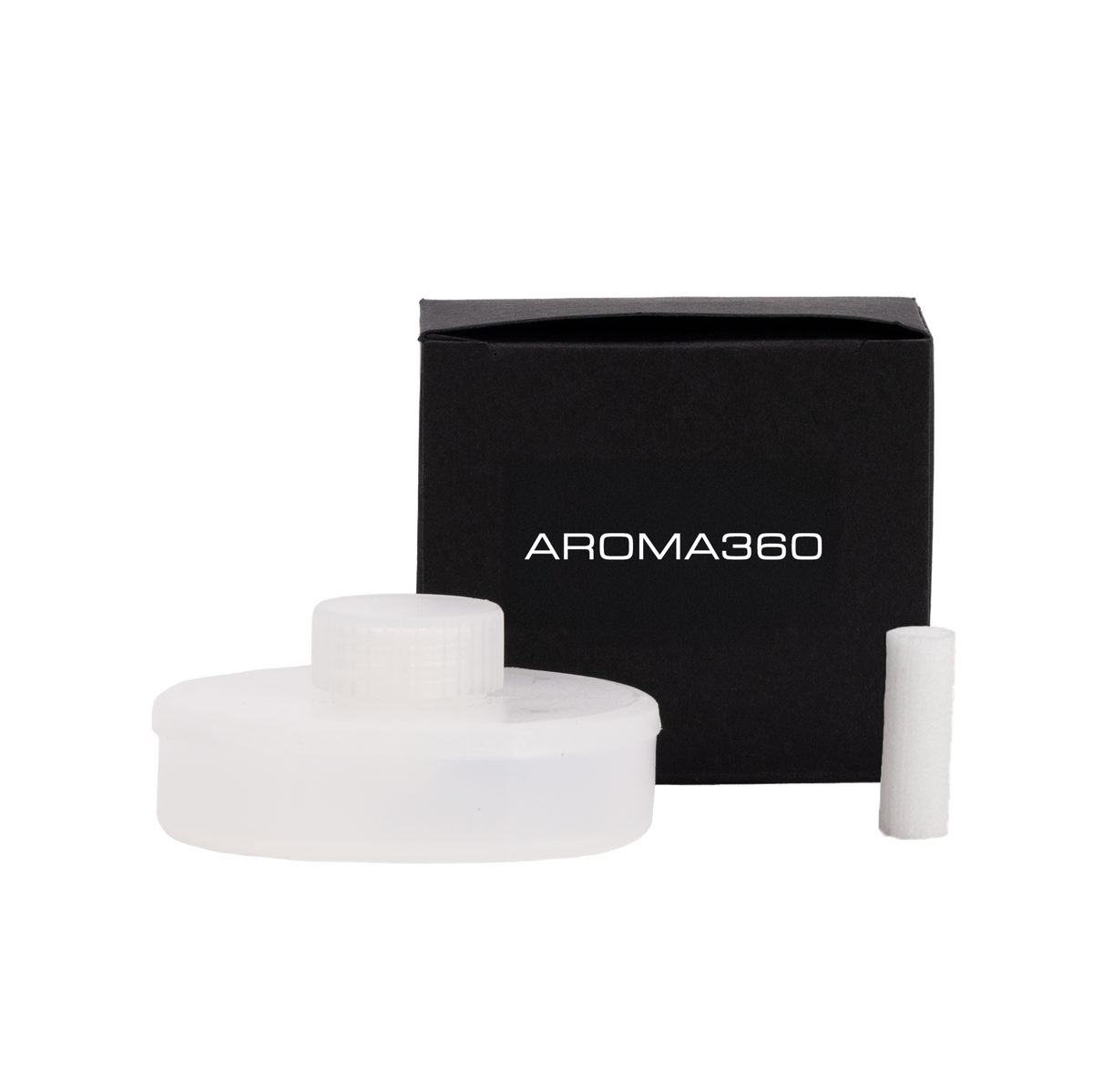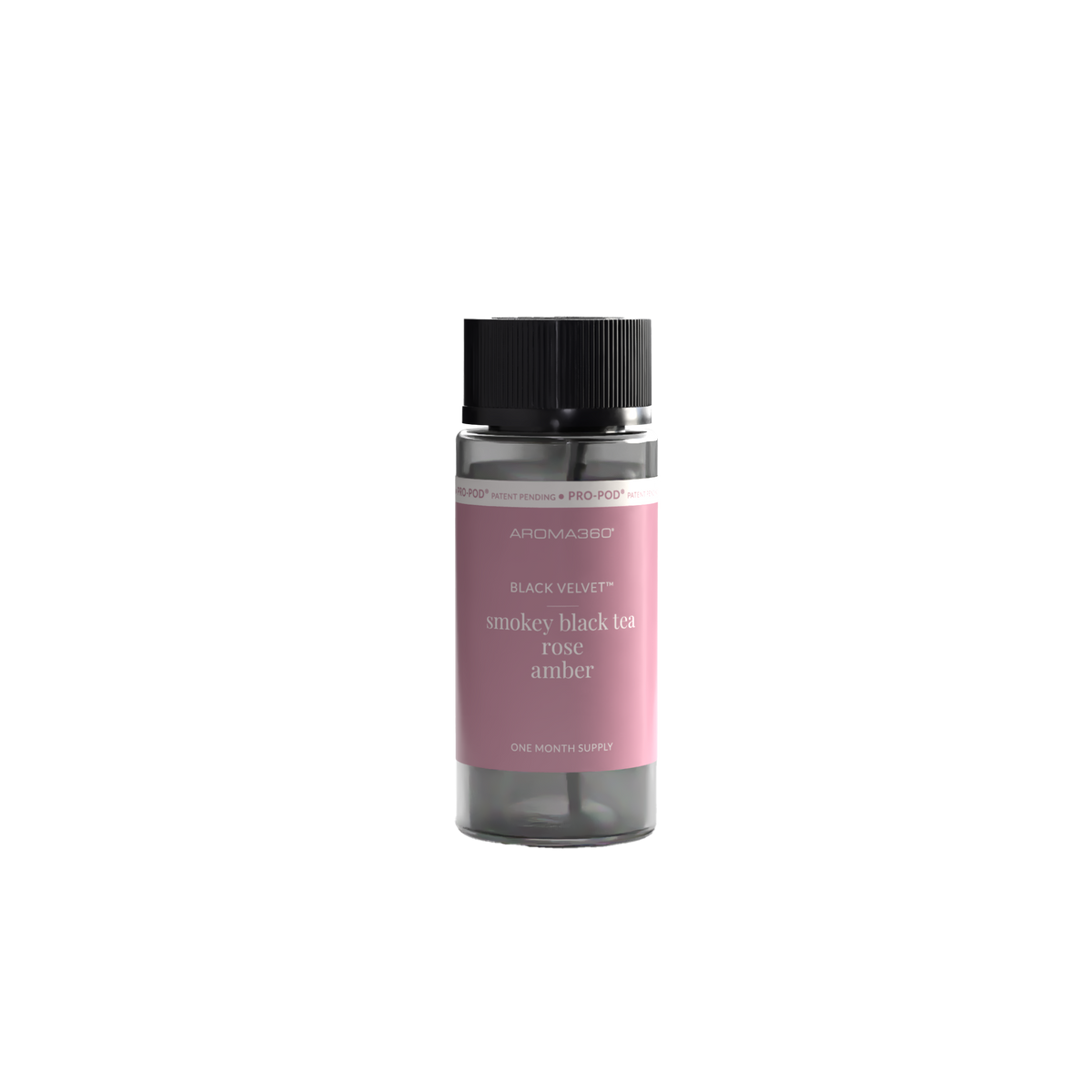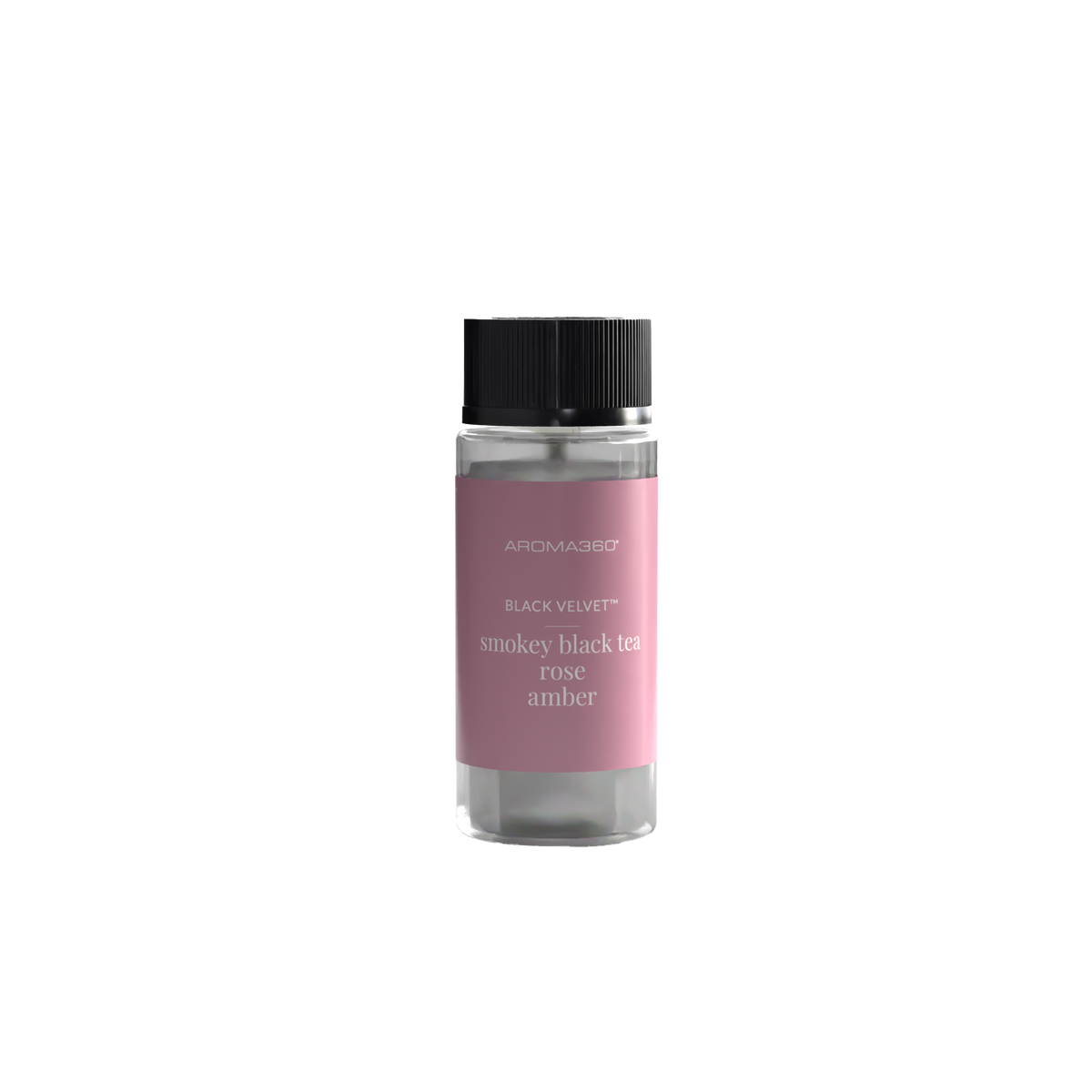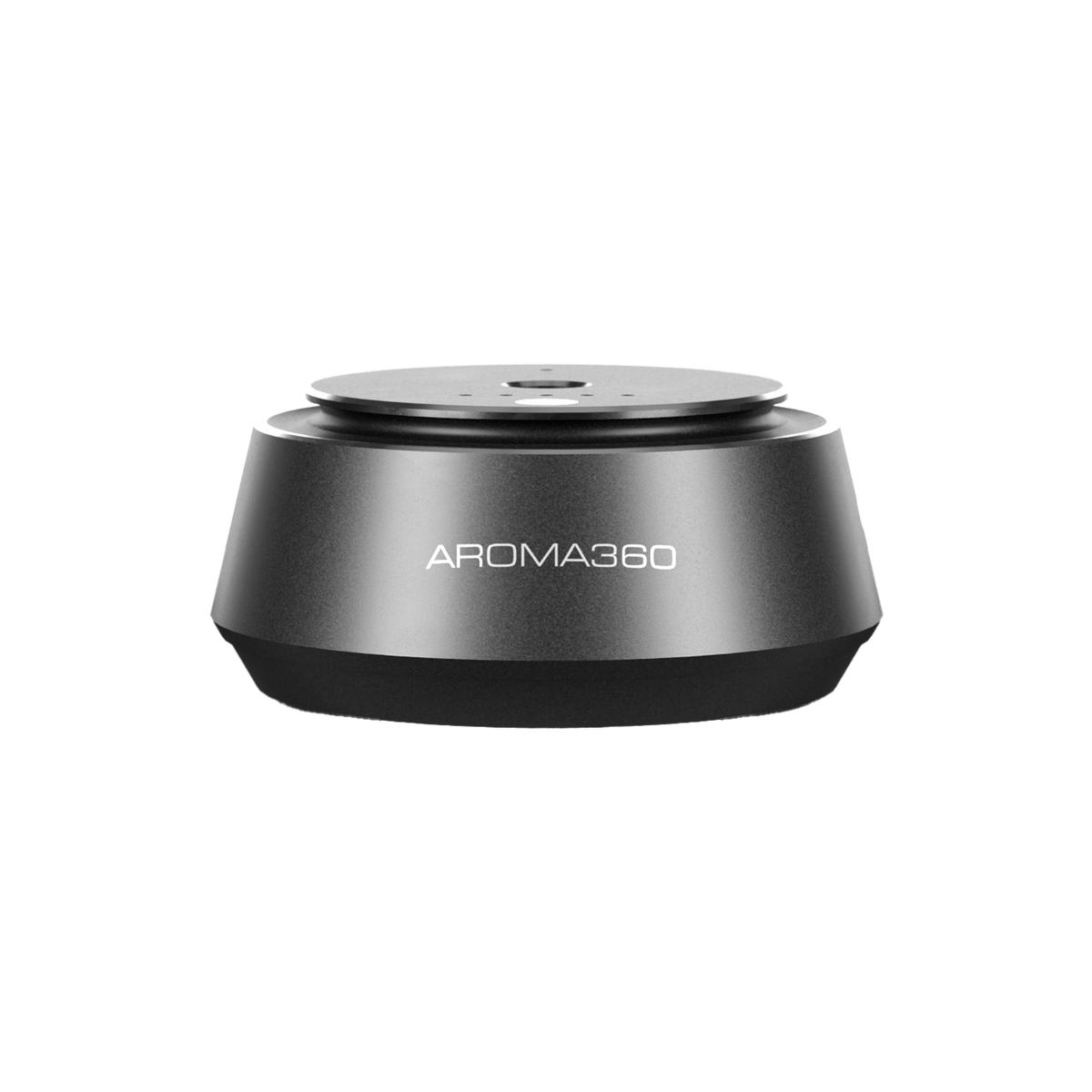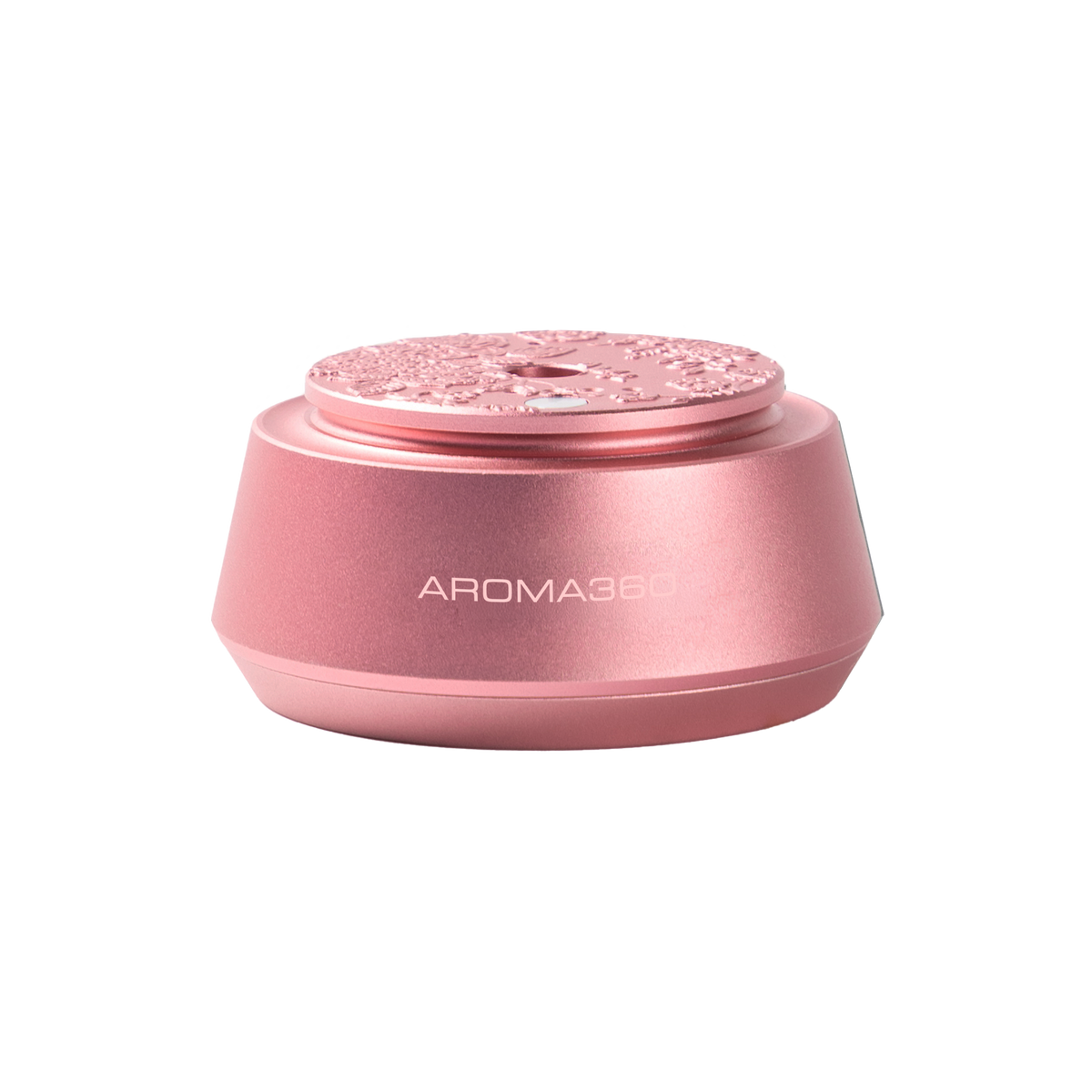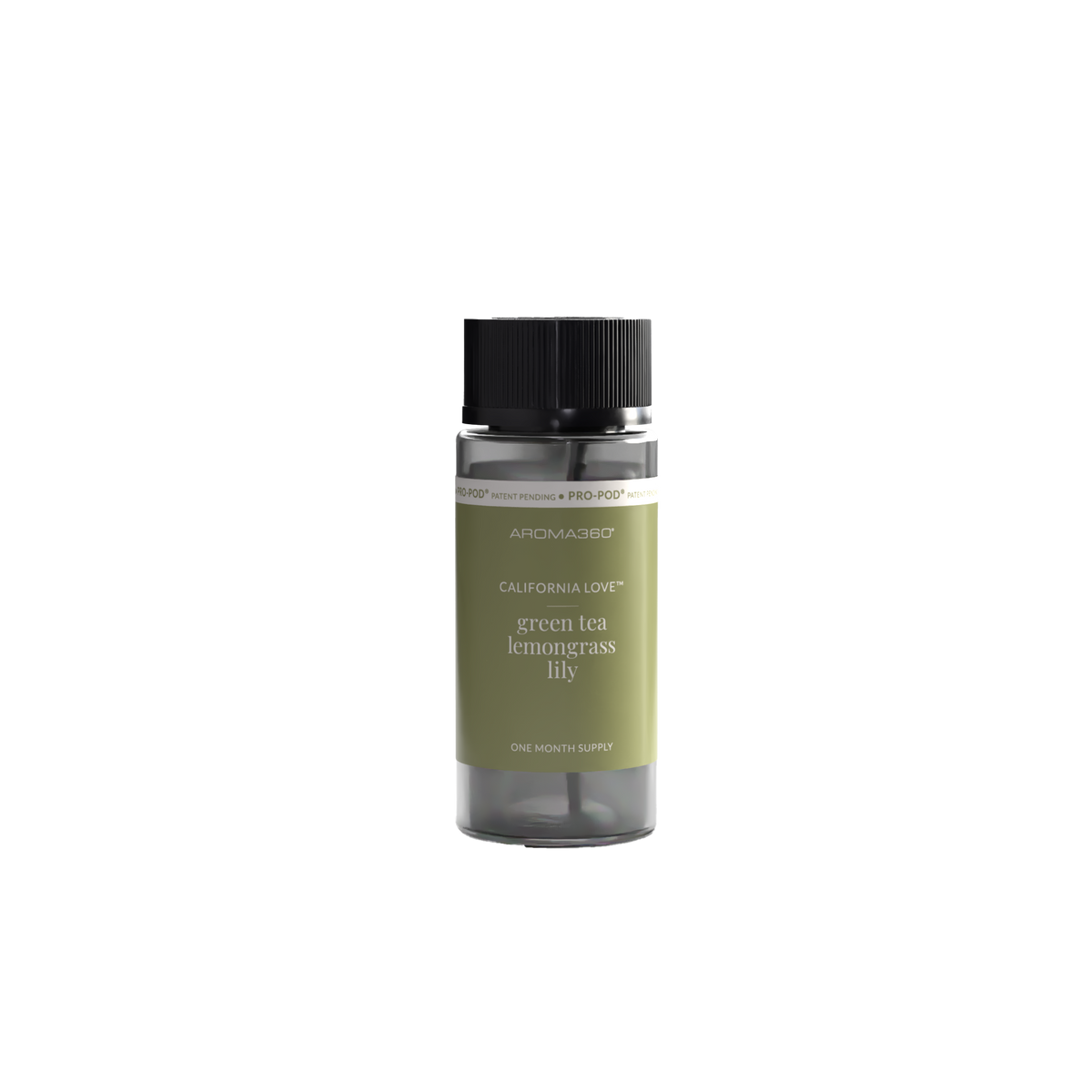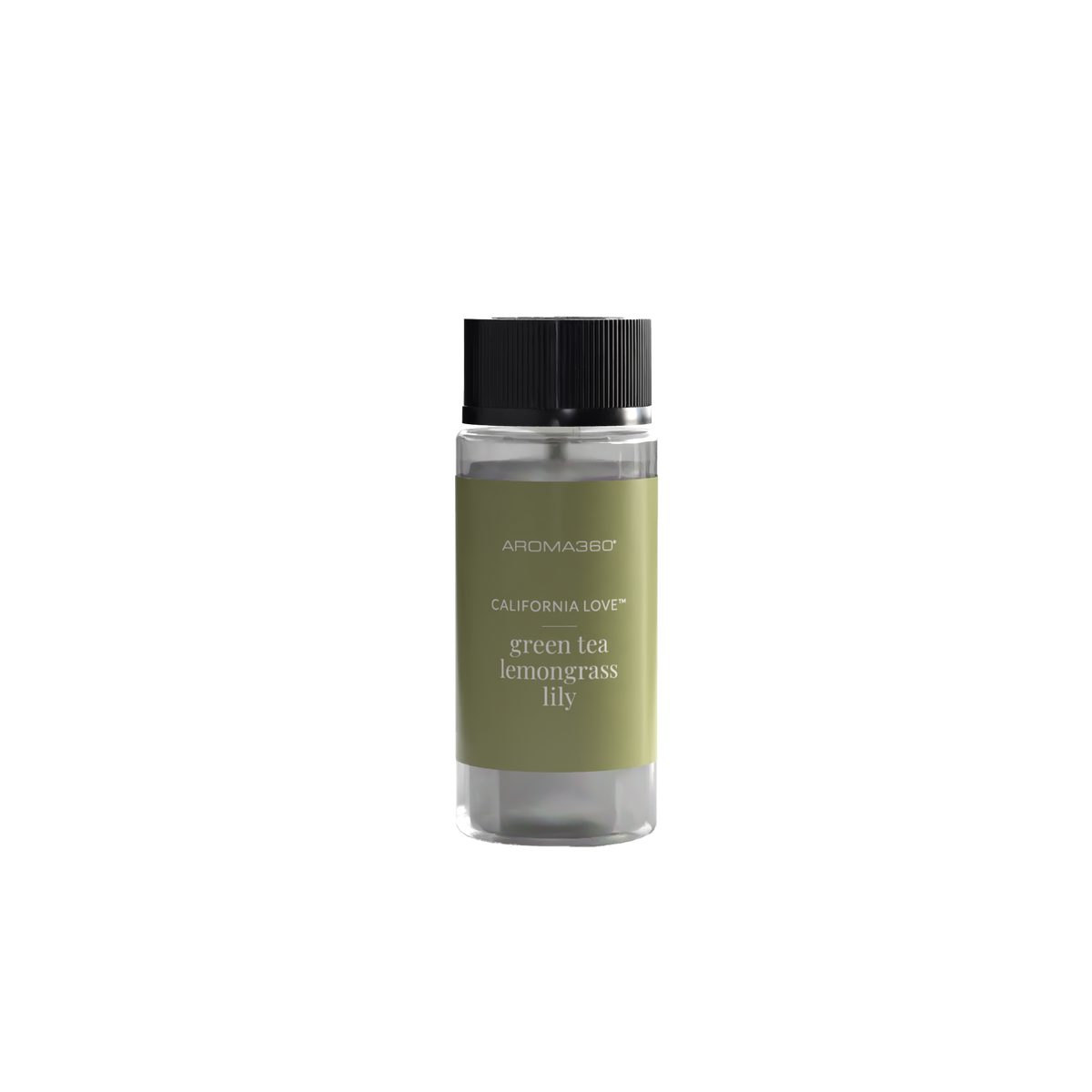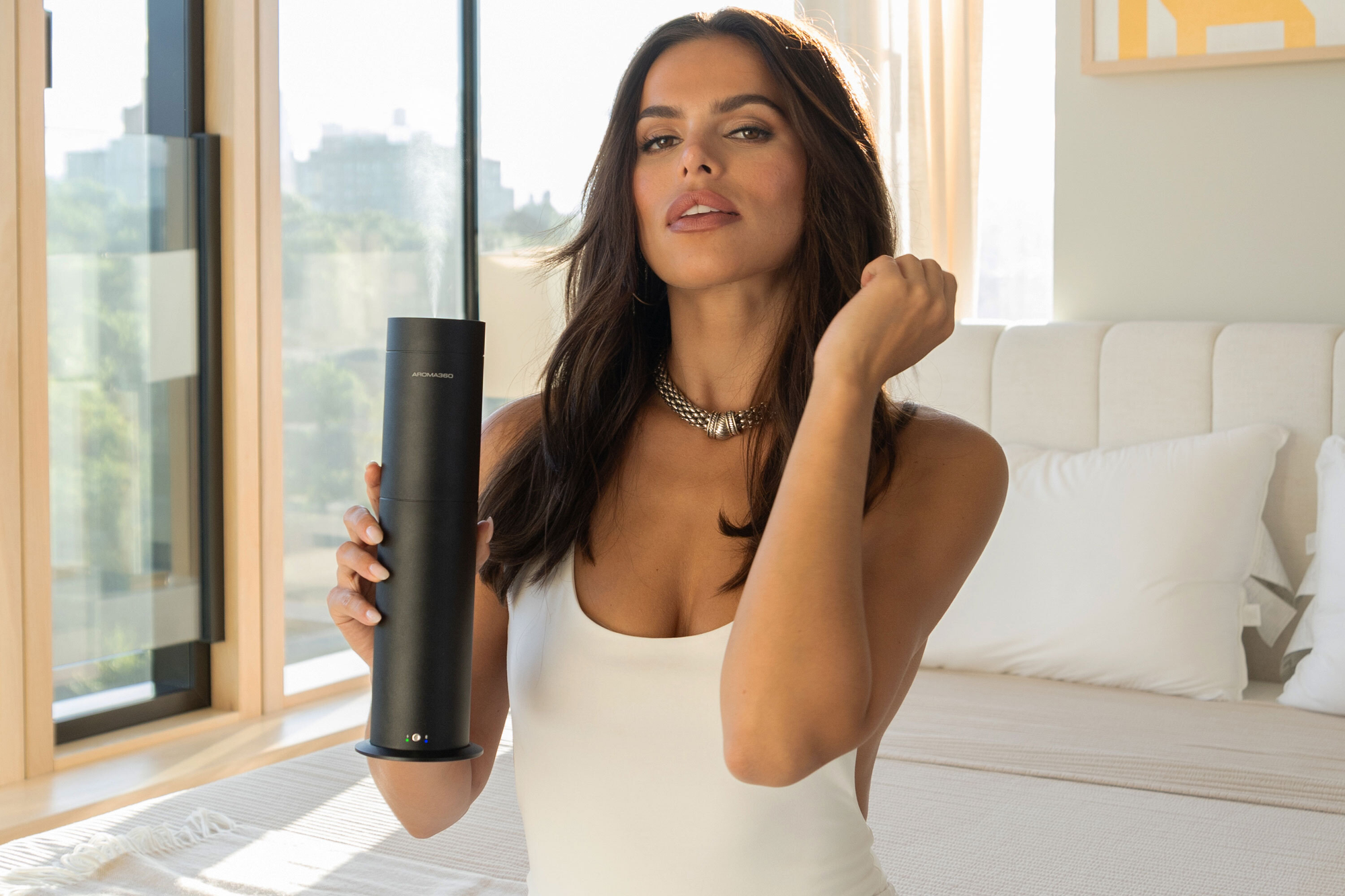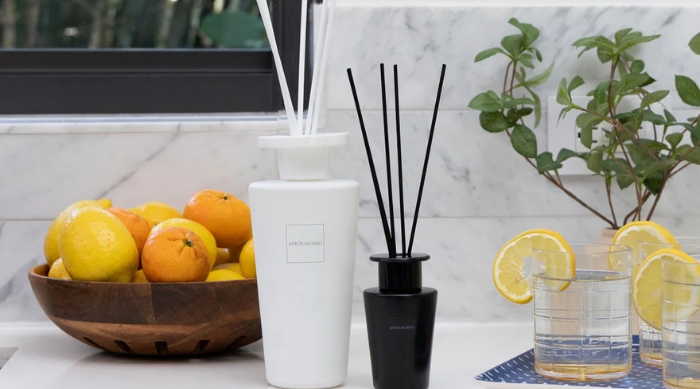For many of us, a well-scented space is more than a luxury. It’s a way of life. And if that space includes a cat (or two), you already know they’re part roommate, part royalty, and big deciders on what stays and what gets knocked off the counter. But scenting your home comes in many forms: candles, sprays, reed diffusers, and, what we’re concerned with in this guide, essential oils and essential oil diffusers. Knowing about and choosing safe oils to use and diffuse as a pet owner, and eternal servant to Cleocatra, is about being informed, mindful, and proactive.
In this guide, we’ll walk you through everything you need to know about how to use essential oil safely around your feline friends, from what’s OK, what to avoid, and how to create a home that smells heavenly while keeping your cat’s health front and center.
The Role of Diffusers in Aromatherapy for Cats
Cats are charmingly (mischievously) mysterious, and they come with a few peculiarities, one of them being their unique sensitivity to scents. To start, let’s get a little clinical. Unlike dogs or humans, cats’ livers can’t process certain compounds (namely phenols) efficiently, if at all, making some essential oils downright dangerous to diffuse around them.
But does that mean you have to totally give up on aromatherapy or that spa-level ambiance you’ve perfected? Nope. It’s all about being aware of and educated in what we waft at their sensitive, snickering snoots.
Importance of Diffusers in Spreading Essential Oils
Oil diffusers help disperse fragrant oils into the air in a controlled and measured manner. They're a favorite for cat-conscious homes because they can help offset the stink of an unscooped litter box, mask the might of your queen’s favorite wet food, and generally act like your own personal aromatherapist when your kitty has knocked over one too many vases. Diffusers, specifically cold-air diffusers, are a safe alternative to sticky aerosol sprays, smokey–sacred incense offerings, or potentially pet-dangerous scented cleaning products. That said, even diffused oils can cause issues if the wrong ones are chosen.
How Diffusers Impact a Cat's Sense of Smell and Overall Wellness
Cats have a very keen sense of smell (14 times stronger than ours). While that’s a superpower in the wild, it also means they’re very sensitive to strong scents. A diffuser pumping eucalyptus oil nonstop can overwhelm your cat’s senses, triggering everything from sneezing fits to full-on essential oil poisoning. Like we said, you don’t have to ditch the diffuser. You just have to use it smarter.
Identifying Pet-Safe Essential Oils
When chosen wisely and diffused in open, airy spaces, some essential oils can be incorporated into your space without disrupting your cat’s well-being. Some are even thought to have mild benefits, like lavender for calming and cedarwood for repelling pests. Keep in mind these oils are for diffusing only and should never be applied directly to your cat’s skin.
Pet-Safe Essential Oils
Here’s a shortlist of oils (and their corresponding profiles/moods) often considered safe around cats when used in moderation:
- Lavender Oil – calming, relaxing, soothing
- Frankincense Oil – emotionally balancing, joint comfort, immune wellness
- Cedarwood Oil – grounding, pest-repelling, calming
- Chamomile Oil – soothing, skin-friendly, anti-anxiety
Take caution: even “safe” oils should be used with care and not within direct nose shot of your cat. Always ensure your cat has a scent-free escape route if they need it.
Identifying Essential Oils That Are Dangerous for Cats
The list of essential oils that should never share the same airspace as your cat is, unfortunately, not short. Many popular oils, from tea tree to eucalyptus, can cause anything from mild respiratory irritation to severe toxicity. That’s why it’s so important to know which oil’s are safe before you even turn on your diffuser.
Essential Oils That Are Most Toxic for Cats:
- Tea Tree Oil (or Melaleuca)
- Eucalyptus Oil
- Peppermint Oil
- Wintergreen Oil
- Clove Oil
- Cinnamon Oil
- Citrus Oils (like lemon, lime, tangerine, orange)
- Bergamot
- Sweet Birch
- Thyme
- Oregano
- Pennyroyal
- Geranium
- Ylang Ylang
- Lemongrass
Many of these oils contain phenols or other chemicals your cat’s liver simply can’t handle. Without the right enzymes in their little bodies to break them down, things can get ugly fast. Think tremors, breathing issues, even liver failure.
⚠️ Pro Tip: Just because a product is labeled “natural” doesn’t mean it’s safe. Many of the most toxic oils are plant-derived and highly concentrated.
When Scent Turns Serious: Essential Oil Toxicity and its Effects on Cats
Signs Of Essential Oil Poisoning: Drooling & Difficulty Breathing
Remember, diffusing oils is a completely different ritual when you have cats. We’re not blasting fresh lilies and first-date energy through the halls like we’d normally do on a feline-free Friday night. Think gentle wafts, not fragrance floods. If your cat has been exposed to an oil it shouldn’t have been near, signs of toxicity can show up quickly. Here are some serious symptoms and red flags signaling it’s time to take Mittens to the vet:
- Drooling
- Difficulty breathing
- Lethargy or disorientation
- Muscle tremors
- Vomiting or pawing at the face
- Wobbling or lack of coordination
- Low body temperature
- Seizures
- Elevated liver enzymes (usually found during veterinary testing)
These symptoms may not scream “essential oil poisoning” at first glance, but they can and do escalate fast. Cats are masters at masking discomfort, meaning what starts as a sleepy kitty or a skipped meal can quickly snowball into something far more serious, especially if exposure continues. When in doubt, trust your gut (and your vet) and clear the air.
Resources for Pet Owners: ASPCA and Pet Poison Helpline
If you suspect essential oil poisoning, don’t take a “wait and see” approach. Contact one of these immediately:
- Your vet. This is your first line of defense.
- ASPCA Animal Poison Control Center: (888) 426-4435
- Pet Poison Helpline: (855) 764-7661
Veterinary Partner is also great for articles and resources written and reviewed by licensed veterinarians and specialists in veterinary medicine.
Safe Use of Essential Oils in Cleaning
Mindful pet care and the scents that show up around the house aren’t just about what goes into your diffuser. Essential oils show up in cleaning products, air fresheners, even potpourri. That “fresh lemon” scent on your countertops? It might smell harmless to you, but to your cat, it could be a whole different story. Scent is everywhere, which means so is the risk, unless you know what to look for.
Tips for Using Essential Oils Safely in Household Cleaning
- Avoid using undiluted oils directly on floors, counters, or surfaces your cat regularly walks on.
- Always dilute oils using a carrier oil (like coconut or olive oil) or with water and vinegar in spray bottles.
- Never add oils to your cat’s litter box, bedding, or toys.
- Beware of different essential oil-based or DEET-based repellents: along with common cleaners, these can be toxic as well.
Utilizing Lavender Oil and Frankincense Without Risking Toxicity
- Lavender Oil and Frankincense can be used sparingly in homemade cleaners to achieve a scented, clean, and calming effect.
- Opt for diluted blends rather than concentrated essential oils to reduce exposure.
- Spot-clean. Don’t soak.
- Use oil blends on surfaces your cat can’t lick or lounge on.
- Never use essential oils to clean food bowls, litter boxes, or any eating surfaces.
Creating a Cat-Friendly, Aromatic Environment
If you’re not ready to give up your diffuser habit (and we don’t blame you), the good news is you don’t have to. With a little know-how and the right oils, you can create a calming, thoughtfully scented space without putting your cat at risk. Let’s talk safe practices, and safer scents.
How to Safely Use a Scent Diffuser with Pets
Diffusers aren’t off-limits, but they do require a bit of care. With the right scent setup, you can enjoy your favorite oils without putting your cat at risk.
- Run diffusers in well-ventilated rooms.
- Limit use to 30–60 minutes at a time.
- Keep the diffuser and oil bottles out of your cat’s reach.
- Always allow your cat to exit the room.
Cedarwood Oil, Chamomile, and Other Non-Toxic Oil Options for Calm and Clean Vibes
Looking for cat-safe blends? These gentle pairings offer a fragrant, non-toxic way to scent your space without stressing out your whiskered roommate. Try blending:
- Cedarwood + Frankincense – Earthy and grounding
- Lavender + Chamomile – Calming and soothing
- Frankincense + Chamomile – Balanced and subtle
These combos deliver a rich ambiance without compromising your cat’s health. With the right oils, you can enjoy a beautifully scented home that feels luxurious and safe for both of you.
The Tail End of the Story: Takeaways on Essential Oils for Cat Owners
Understanding the safe use of essential oils around cats is crucial for creating a fragrant home without compromising your pet’s health. In the world of scenting and fragrance, it’s an easy trap to assume if something smells natural, it must be safe. But when it comes to essential oils and cats, the reality is more nuanced.
Some oils can be diffused safely around Catrick Swayze, while others can seriously endanger your pet’s health. The good news? With a little research (like you’re doing right meow), you can have both: a home that smells sublime and a cat who isn’t sneezing, drooling, or plotting your demise.
A healthy space is one that considers the comfort of everyone who shares it, paws included. So go ahead, diffuse with care, sniff with confidence, and keep your cat from side-eyeing your scent game. Because nothing kills the vibe like a passive-aggressive purr.
Frequently Asked Questions
What is a naturally calming oil for cats?
Chamomile and lavender are the catnap MVPs of the essential oil world. When used in moderation, they can help dial down the drama and dial up the chill. Just keep the mist mellow and the exits open.
What are cat-safe essential oils?
Lavender, chamomile, frankincense, and cedarwood are generally better tolerated by cats. But safe doesn’t mean unlimited. Stick to low concentrations, short sessions, and make sure your pet has an escape route.
Can cats be in the same room as a diffuser?
Yes, if the diffuser is used carefully. Keep it in a well-ventilated space, don’t let it run continuously, and make sure your cat can leave whenever they want. If your cat starts acting weird (drooling, hiding, giving you the death glare), turn it off.
Are essential oil cleaning products safe for cats?
Only if you rinse thoroughly and skip the heavy stuff. Citrus, tea tree, and pine oils are no-go zones for cats, even in surface sprays. When in doubt, wipe it down and let it dry before paws hit the floor.
What should I do if my cat reacts badly to an essential oil?
Turn off the diffuser, get them fresh air, and call your vet. Don’t wait. Cats are subtle creatures until they’re not, and symptoms can go from mild to scary fast. It’s always better to overreact than underreact when it comes to essential oil exposure.
What essential oils are safe for dogs?
Who said anything about dogs?! Fragrances are a little less ruff on dogs. They can usually handle more than cats when it comes to essential oils. Lavender, chamomile, helichrysum, and cardamom are often considered safe choices. Still, like cats, every pup is different. Always dilute, and always check with your vet before turning your living room into a spa.


